As a merchant, understanding and effectively managing surcharges can be crucial for your business's financial health and customer satisfaction. This guide will help you navigate the intricacies of credit card and payWave surcharging, ensuring compliance and transparency.
What is a Merchant Service Fee?
A merchant service fee is the fee you pay to your acquirer (Bank) for accepting certain means of payment. These fees vary by provider but typically include:
- Contactless Debit Card Transactions: Between 0.7% to 1.2%
- Domestic Credit Card Transactions: Between 1.5% to 3%
- Other Payment Options: Fees for international, commercial card payments, and buy now, pay later options are generally higher.
It's important to regularly review your merchant service fee rates with your payment service provider to ensure you are on the most advantageous plan for your business, especially if your business has grown since setting up your merchant facility. Notably, there is no merchant service fee for cash, EFTPOS, or debit card transactions when the card is inserted or swiped and CHQ/SAV is selected.
Appropriately Surcharging
To surcharge appropriately, you must:
- Be Transparent: Clearly communicate the surcharge and the customer's options before they proceed with the payment.
- Provide Alternatives: Offer at least one payment method that does not incur a surcharge.
- Limit the Surcharge: Ensure surcharges do not exceed the additional cost of accepting the payment method. Typically, this is the merchant service fee for the payment type.
Surcharges can vary for different payment methods (e.g., contactless debit vs. credit). When setting a single surcharge for multiple payment options of a similar type, consider the relevant revenue shares and avoid a simple average of different costs.
What Costs Might Be Included in a Surcharge?
Appropriate surcharges should reflect your additional cost for accepting a specific payment method or group of methods, generally equating to the merchant service fee. Costs related to general business operations (e.g., POS systems, staff wages, electricity) should not be included in surcharges.
Choosing to Surcharge
Deciding whether to implement surcharges involves weighing several factors:
- Additional Costs: Assess the costs associated with accepting various payment options.
- Cost of Surcharging: Consider the time and resources required for processing payments with surcharges.
- Customer Experience: Evaluate the potential impact on transaction speed and overall customer satisfaction.
- Revenue Impact: Analyse whether surcharges might deter customers or, conversely, attract those preferring lower-cost payment options.
Ensuring Transparency
Transparency is key when applying surcharges. This means:
- Clear Display: Surcharges should be prominently displayed, whether online or at the point of sale. This includes adding information to your website for online payments or placing visible signs near your terminal for in-person transactions.
- Advance Notice: Customers should be informed of surcharges before choosing a payment method, allowing them to decide whether to incur the surcharge or select a different payment option.
Conclusion
By understanding and implementing these guidelines, you can manage surcharges effectively, ensuring compliance, maintaining customer trust, and potentially optimizing your business's payment processing costs. Always keep abreast of your merchant service fees and regularly review your surcharging practices to align with best practices and regulatory standards. For more information take a look at the Commerce Commission's guidance -
comcom.govt.nz/regulated-industries/retail-payment-system/surcharging

















